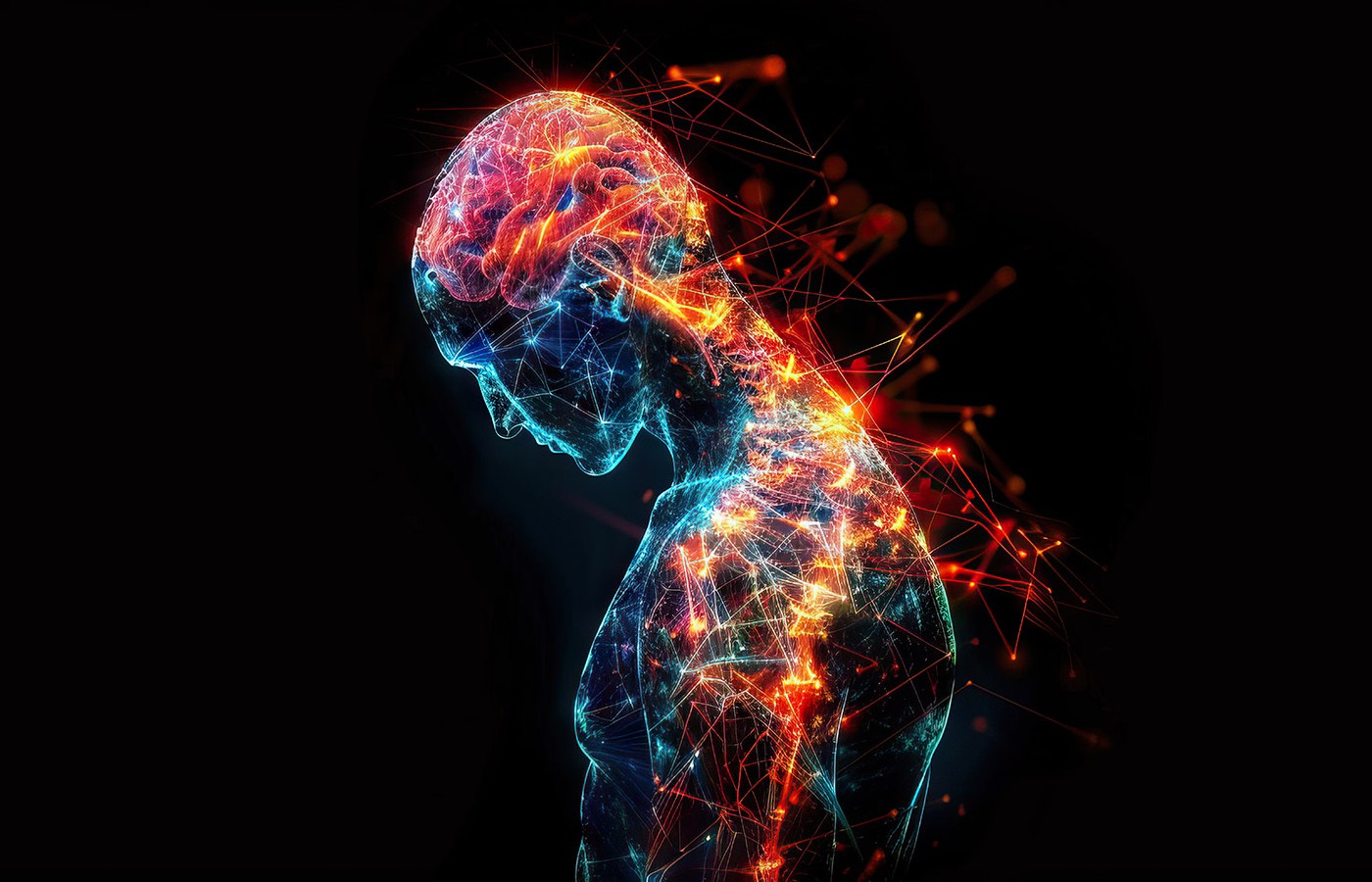New York's highest court of appeals has held that no-fault insurers cannot deny no-fault benefits where they unilaterally determine that a provider has committed misconduct based upon alleged fraudulent conduct. The Court held that this authority belongs solely to state regulators, specifically New York's Board of Regents, which oversees professional licensing and discipline. This follows a similar recent ruling in Florida reported in this publication.
High-Impact Chronic Pain Syndrome and Statin Myopathy
As a credentialed chiropractic specialist for Federally Qualified Health Centers, I am responsible for the evaluation and management of underserved patients. These patients present with a number of comorbidities including obesity, diabetes, and mental health conditions, to name a few of the more common diseases.
Primary care providers usually refer patients with painful neuromusculoskeletal conditions to the chiropractic specialists. The most common primary conditions are low back pain, neck pain, and headaches. It is common for patients to present with chronic conditions, which require the clinician to perform a differential diagnosis process in order to determine the presence of a chronic pain syndrome and possibly high-impact chronic pain syndrome.
It is my opinion, based upon questioning more than 3,000 chiropractors attending my postgraduate lectures, that chiropractors frequently do not make a diagnosis of chronic pain because the third-party insurance companies will deny reimbursement for chiropractic care. Hence, the insurance companies interfere with the care of the patients, which is unfortunate for both the patients and the chiropractors. My care of underserved patients with chronic pain syndromes has taught me that we may not be able to cure chronic pain patients, but we may improve the quality of their lives.
Dahlhamer, et al., stated that chronic pain, one of the most common reasons adults seek medical care, has been linked to restrictions in mobility and daily activities, dependence on opioids, anxiety and depression, and poor perceived health or reduced quality of life.1 It is obvious to me that chronic neuromusculoskeletal conditions should be evaluated and managed by chiropractors.
Acute, Chronic or ... High Impact?
The differentiation of acute pain and chronic pain has been confusing for clinicians. Today, the diagnosis of chronic pain requires a minimal duration of three months.2 Hence, if a patient has experienced a whiplash-type injury and continues to experience neck pain as a result of the injury, the patient should be diagnosed with a chronic condition.
The most appropriate diagnosis would be post-traumatic, chronic neck pain. However, now there is an additional consideration: Is this patient experiencing a post-traumatic, high-impact chronic neck pain?
I suggest that the majority of private-practice chiropractors may not be familiar with the term, high-impact chronic pain. It is a fairly new diagnosis and probably not taught to many of the current chiropractors in America. I first became aware of the diagnosis as a result of the 2016 National Pain Strategy:
The 2016 National Pain Strategy called for more precise prevalence estimates of chronic pain and high-impact chronic pain (i.e., chronic pain that frequently limits life or work activities) to reliably establish the prevalence of chronic pain, and aid in the development and implementation of population-wide pain interventions.3
While serving as the director of the Health Science Center at the University of Bridgeport, I became familiar with Mark Pitcher, PhD, and his work as director of Health Sciences Interprofessional Research. He was in the process of publishing a paper that describes high-impact chronic pain. Mark is now the chief of staff at the National Center for Complementary and Integrative Health (NCCIH) at the National Institutes of Health. Dr. Pitcher describes the definition of high-impact chronic pain in his 2019 paper.
Almost 11 million U.S. adults have “High Impact Chronic Pain.” That is, pain that has lasted 3 months or longer and is accompanied by at least one major activity restriction, such as being unable to work outside the home, go to school, or do household chores.4
Data from the National Health Interview Survey reveals that in 2023, 24.3% of adults had chronic pain, and 8.5% of adults had chronic pain that frequently limited life or work activities (referred to as high-impact chronic pain) in the past three months.5
Statin Intolerance and Chronic Pain
Statin intolerance is most frequently associated with a wide range of side effects in the skeletal muscle; the so-called “statin-associated muscle symptoms” (SAMS).
The most important clinical manifestations of SAMS are muscle weakness and muscle pain, mainly large muscle groups (thighs, buttocks, calves, and back muscles) and usually manifesting early, but also after several years of treatment.6
Based upon recent publications, the incidence of chronic pain and high-impact chronic pain is increasing, and chiropractors should be documenting the evaluation and management of these patients, whether the insurance companies cover the care or not. So, I am offering an example of a brief SOAP note that describes a patient with a chronic pain diagnosis.
A Case Example: SOAP Note
Subjective
Chief concern: “My back and leg are killing me.” This 65-year-old man has been experiencing a deep, aching pain in his lower back and right leg for the past 15 years. He thinks it was caused by taking statin medications following a heart attack. Sitting for more than an hour causes the aching pain in his buttocks and right leg, with tingling and numbness in his lower leg and foot. If he leans to the left, the pain in the buttocks reduces, but doesn’t resolve.
Recently, he noticed that the right foot is cold when he is sitting in his easy chair. He points to the area of the right piriformis as the site of the deep ache. I palpated and reproduced the CC pain. The severity of the buttocks pain was 7/10 with sitting, 5/10 with walking, and 0/10 with recumbency.
Chiropractic treatments have provided temporary improvements in the past. He is concerned that he is not able to complete his daily walk, or sit and read, because of the pain.
Objective:
- Posture demonstrated pelvic obliquity with a posterior inferior right ilium and an anterior superior left ilium.
- Right leg length appeared short supine and appeared longer seated.
- Palpation produced pain in right piriformis and L/S multifidi muscles.
- Lumbar ROM was full and without pain except with extension and right lateral flexion.
- Kemp’s maneuver was positive to the right with pain in the lumbar spine and down the right leg from the piriformis to the posterior thigh.
- Gillet test demonstrated a fixation of the left SIJ.
- Posterior joint dysfunction at L5-S1 with pain, reduced range of motion, and hypertonicity of PVM on right.
- A three-part peripheral neurological examination did not reveal any abnormalities.
- Babinski was absent.
Assessment / Plan
High-impact chronic pain syndrome; probable statin myopathy with resultant piriformis syndrome. Confer with the prescribing physician regarding a statin holiday to determine if the patient is experiencing a statin myopathy.
Quiz Time
- To make a diagnosis of high-impact chronic pain, both pain duration of longer than three months and disability must be present. True or False
- Statin myopathy may be the cause of chronic pain. True or False
Answers: 1. True. 2. True.
References
- Dahlhamer J, Lucas J, Zelaya C, et al. Prevalence of chronic pain and high-impact chronic pain among adults - United States, 2016. Morb Mortal Wkly Rep, 2018 Sep 14;67(36):1001-1006.
- Eccleston C, Begley E, Birkinshaw H, et al. The establishment, maintenance, and adaptation of high- and low-impact chronic pain: a framework for biopsychosocial pain research. Pain, 2023 Oct 1;164(10):2143-2147.
- Dahlhamer J, et al., Op Cit.
- Pitcher MH, Von Korff M, Bushnell MC, Porter L. Prevalence and profile of high impact chronic pain in the United States. J Pain, 2019;20(2):146-160.
- Lucas JW, Sohi I. Chronic pain and high-impact chronic pain in U.S. adults, 2023. NCHS Data Brief, No. 518, 2024.
- Attardo S, Musumeci O, Velardo D, Toscano A. Statins neuromuscular adverse effects. Int J Mol Sci, 2022 Jul 28;23(15):8364.



